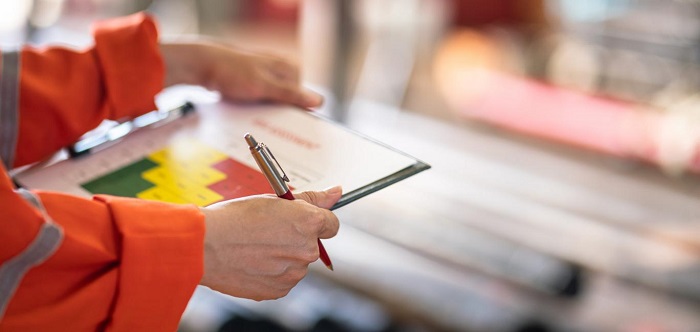Product inspection is a crucial step in the manufacturing process that ensures the quality and safety of the final product. In this article, we’ll explore the importance of product inspection and provide a guide to ensuring effective quality control.
What is Product Inspection?
Product inspection is the process of checking the quality and safety of a product before it is sold to consumers. It involves a thorough examination of the product to ensure that it meets the required standards and specifications.
The Importance of Product Inspection
Product inspection is essential for several reasons, including:
Quality Control
- Product inspection helps to ensure that the product is of high quality and meets the required standards
- It ensures that the product performs as expected and meets customer expectations
Safety
- Product inspection helps to identify any potential safety hazards and ensures that the product is safe for consumers to use
- It helps to prevent product recalls and legal issues that could arise from selling unsafe products
Cost-Effective
- Product inspection can help to identify and correct issues early in the manufacturing process, reducing the cost of recalls and repairs later on
- It also helps to prevent waste and loss of resources by catching defects early on
Types of Product Inspection
There are several types of product inspection, including:
Visual Inspection
- A visual inspection involves a physical examination of the product to identify any defects or irregularities in its appearance
- This type of inspection is commonly used for products such as clothing, furniture, and electronics
Performance Testing
- Performance testing involves testing the product’s functionality to ensure that it performs as expected
- This type of inspection is commonly used for products such as appliances, tools, and machinery
Chemical and Material Analysis
- Chemical and material analysis involves testing the product’s components to ensure that they meet the required specifications and are safe for consumers to use
- This type of inspection is commonly used for products such as food, cosmetics, and pharmaceuticals
How to Conduct Product Inspection
Here are the steps to follow when conducting product inspection:
Establish Quality Standards
- Define the quality standards that the product must meet
- This includes product specifications, performance criteria, and safety requirements
Determine Inspection Frequency
- Decide how frequently product inspection should be conducted
- This will depend on the type of product and the level of risk associated with its use
Create Inspection Checklists
- Develop inspection checklists that outline the specific requirements and standards for each product
- This ensures that all inspections are consistent and thorough
Train Inspectors
- Train inspectors on the product specifications and inspection procedures
- This ensures that inspections are conducted accurately and effectively
Document Results
- Document the results of each inspection, including any defects or issues that are identified
- This helps to track the quality of the product over time and identify any trends or patterns in defects
Conclusion
Product inspection is a critical step in ensuring the quality and safety of products. It helps to prevent defects, ensure customer satisfaction, and prevent costly recalls and legal issues. By following the steps outlined in this article, you can establish effective product inspection procedures and ensure that your products meet the required standards and specifications.






